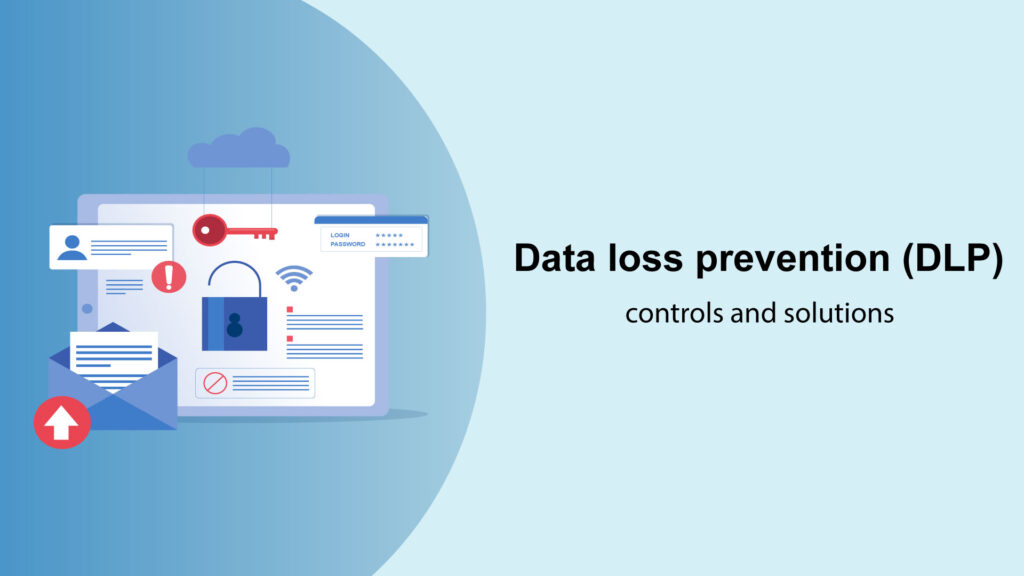As digital transformation accelerates in Saudi enterprises, managing cyber risks has become a critical success factor. It involves identifying, assessing, and mitigating digital threats that affect operations, reputation, and financial performance. Within the GRC framework, cybersecurity risk management works alongside governance and compliance to build a unified security ecosystem. Cybersecurity risk management represents the strategic approach businesses use to identify, assess, and mitigate digital threats that could impact their operations, reputation, and bottom line. For Saudi organizations, effective risk management supports regulatory compliance, safeguards critical assets, and aligns with long-term business goals.
In this guide, we explore how to plan, implement, and strengthen cybersecurity risk management practices that enable businesses to operate securely and confidently.
Understanding Cybersecurity Risk Management
Cybersecurity risk management is a structured approach to protecting digital assets by proactively identifying threats and planning strategic responses. Unlike reactive security measures, it anticipates vulnerabilities and implements preventive actions before risks escalate into incidents. When integrated with enterprise risk management, it provides a broader view that connects cyber, operational, financial, and reputational risks. This helps Saudi businesses see how digital threats can affect everything from customer interactions to supply chain operations.
For example, a leading Saudi manufacturer strengthened its industrial control systems through early risk identification. This proactive approach prevented production disruptions and reinforced the company’s reputation for operational excellence and security leadership. Understanding these risks is only the first step. To fully realize their value, cybersecurity risk management must be integrated with governance and compliance through a unified GRC approach.
GRC Integration
The full value of cybersecurity risk management emerges when it integrates with governance and compliance to form a unified GRC framework. This integration turns three separate functions into a coordinated system that enhances decision-making, streamlines operations, and aligns security efforts with business strategy. Risk insights inform governance processes, helping executives make strategic decisions, while compliance activities focus on high-risk areas, a critical advantage for Saudi companies navigating evolving regulations. Unified dashboards provide clear visibility across governance, risk, and compliance, enabling efficient resource allocation and minimizing duplication. When GRC functions work together, organizations strengthen protection while ensuring all activities contribute to shared business objectives. With GRC integration in place, organizations can build a strong risk management framework that defines how assets are identified, assessed, and protected.
To simplify and strengthen GRC integration, Aman Solutions offers Cybersecurity GRC services designed for Saudi enterprises. Our experts help align Risk management, Governance, and Compliance processes, providing visibility across your organization and ensuring that all activities support strategic business objectives.
Essential Risk Management Framework
Building an effective risk management framework requires a structured approach that addresses the specific challenges of Saudi businesses. It serves as the foundation for all cybersecurity activities, defining processes, responsibilities, and decision-making criteria for daily operations and long-term strategic planning. The starting point is Asset identification risk management, which goes beyond listing servers or devices to include customer data, intellectual property, business processes, and third-party connections. This often uncovers overlooked but critical assets, such as proprietary algorithms, customer databases, or supplier integrations that demand stronger protection.
This step is especially crucial for organizations operating across sectors or regions. For example, a financial services firm may find that its mobile banking application contains more sensitive data than initially recognized, necessitating stricter security measures. As business operations expand, the framework must remain adaptive, ensuring continuous identification and protection of new assets. Once assets are identified, the next step is to develop a comprehensive risk management plan that turns strategy into actionable processes.
Developing Your Risk Management Plan
A risk management plan transforms cybersecurity risk management into a tangible business strategy. It defines how threats are identified, assessed, and addressed while staying aligned with broader business objectives.
The process begins with setting a risk appetite, which is how much risk the organization is willing to accept in pursuit of growth. For Saudi enterprises, this often means striking a balance between expansion goals and regulatory requirements, as well as meeting stakeholder expectations. For example, a retailer entering e-commerce must determine acceptable transaction risks without compromising customer trust. Clear roles and responsibilities are equally vital. The plan should specify who makes decisions, how information flows across departments, and escalation paths during incidents, ensuring cybersecurity is embedded in daily operations rather than treated as an IT-only function.
Finally, strong documentation practices support both operational consistency and regulatory compliance. Recording assessments, mitigation strategies, and response actions creates a reliable knowledge base that strengthens resilience and accountability. To implement this plan effectively, organizations rely on risk management professionals who bring the expertise to turn strategy into real-world protection.
Role of Risk Management Professionals
Risk management professionals transform cybersecurity risk management from a routine task into a strategic business capability. With expertise in both cybersecurity and business operations, they translate complex threats into actionable decisions that safeguard critical assets while supporting growth. Their strength lies in deep knowledge of threat environments, regulatory requirements, and global best practices expertise that many organizations cannot easily build internally.
For Saudi enterprises, larger organizations often benefit from dedicated specialists, while smaller ones may integrate the role into existing positions or engage external consultants. Professional certifications and continuous training keep these experts aligned with international standards. At the same time, organizations that develop internal capabilities foster a culture of risk awareness across all levels, extending resilience beyond individual professionals. With skilled professionals and a clear plan in place, Saudi businesses can fully realize the benefits of effective cybersecurity risk management.
Benefits of Effective Cybersecurity Risk Management
The benefits of structured cybersecurity risk management extend far beyond preventing security incidents, creating measurable business value that supports organizational growth and sustainability. These benefits become particularly evident when risk management integrates with broader business strategy and operations.
Business continuity protection represents perhaps the most immediate benefit, as effective risk management reduces the likelihood and impact of disruptions that could affect operations, customer service, and revenue generation.
Cost savings emerge through multiple channels, including reduced incident response expenses, lower insurance premiums, and more efficient security investments. Organizations with mature risk management practices typically experience fewer security incidents and recover more quickly when incidents do occur, minimizing both direct costs and business disruption expenses.
Competitive advantage develops as customers, partners, and stakeholders recognize the organization’s commitment to security and reliability. In the Saudi market, where trust and reputation carry significant weight, demonstrated security leadership often translates into business opportunities and enhanced relationships with key stakeholders.
Regulatory compliance support becomes increasingly valuable as Saudi Arabia implements new cybersecurity regulations and standards. Organizations with established risk management practices find compliance requirements more manageable because they already have processes, documentation, and controls in place that align with regulatory expectations.
Return on investment calculations for cybersecurity risk management often reveal significant long-term value creation. While initial implementation requires investment, the long-term benefits typically far exceed costs through avoided incidents, operational efficiencies, and enhanced business opportunities.
With these benefits in mind, Saudi businesses can move forward by embedding risk management into their daily operations and strategic planning.
Conclusion and Moving Forward
Cybersecurity risk management provides Saudi enterprises with a structured way to identify threats, protect digital assets, and support business objectives. When integrated into a unified GRC framework, it streamlines governance and compliance, reduces duplication, and strengthens overall decision-making. This approach not only enhances security posture but also enables organizations to operate with greater efficiency and confidence. With the right expertise, businesses can move from reactive defense to proactive risk management that delivers measurable value and long-term stability and growth.




